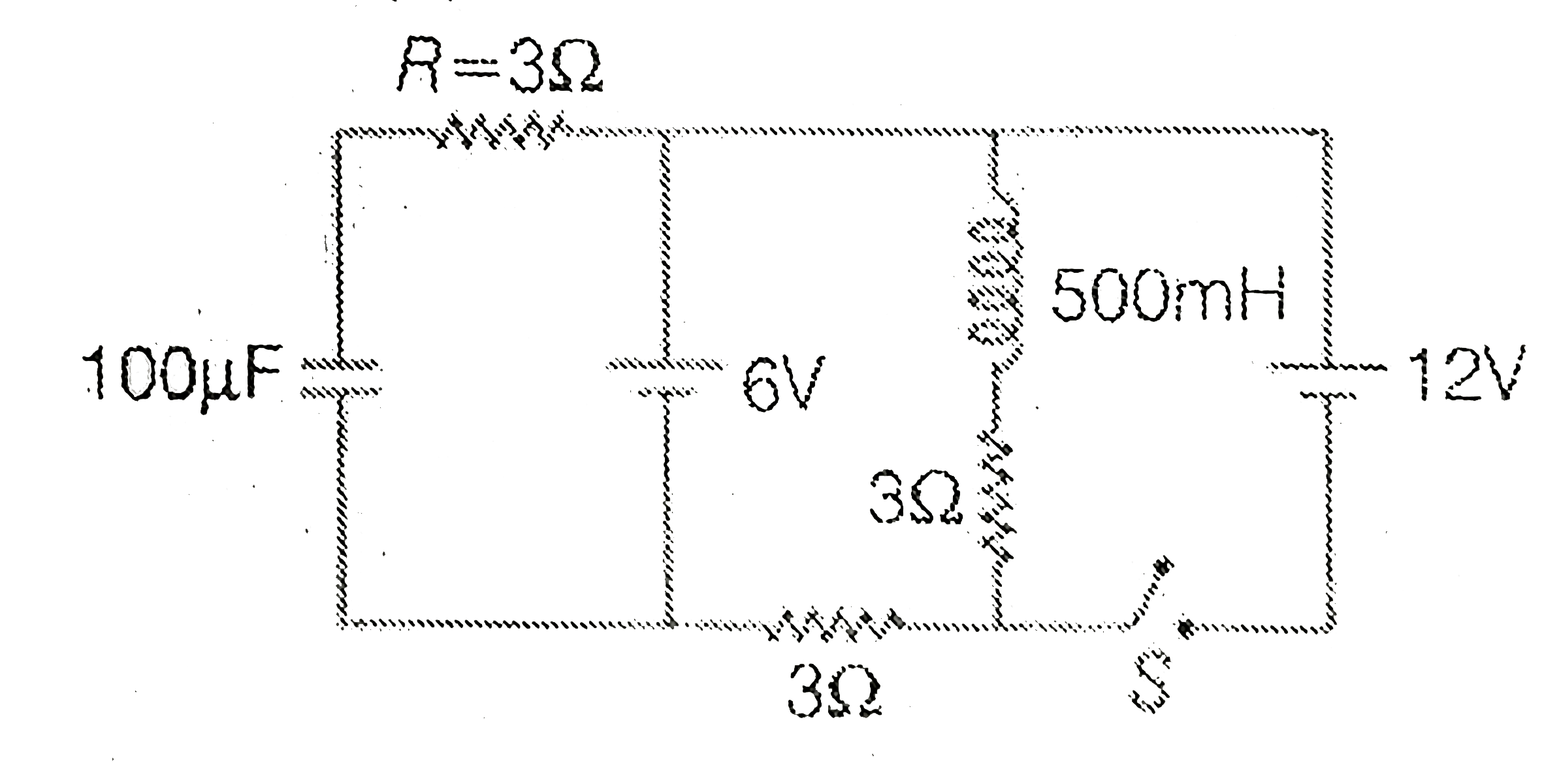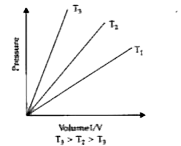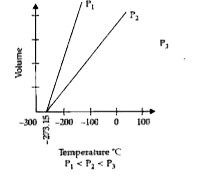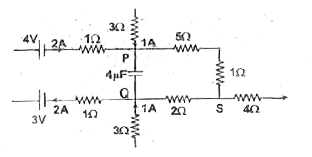Steady state is represented by
Getting raw materials
Intake of food and energy
Intake of materical and energy, elimination of wastes and dissipation of energy
Removal of waste products and intake of raw materials
The correct Answer is:C
Step-by-Step Solution:
1. Understanding Steady State:
- The term "steady state" refers to a condition of equilibrium in biological systems. In this state, the internal environment of a cell or organism remains stable despite changes in the external environment.
2. Metabolic Processes:
- Living cells are constantly engaged in metabolic activities. Metabolism involves the intake of materials (nutrients), conversion of these materials into usable forms, and the elimination of waste products.
3. Exchange of Materials:
- For a cell to maintain a steady state, there must be a continuous exchange of materials with the environment. This includes the intake of raw materials and energy, as well as the elimination of waste.
4. Analyzing the Options:
- Option 1: Getting raw material - This option is incomplete as it does not mention the processes that follow the intake of raw materials.
- Option 2: Intake of food and energy - While this is part of the process, it does not encompass the entire steady state concept, which includes waste elimination and energy dissipation.
- Option 3: Intake of material and energy, elimination of waste and dissipation of energy - This option covers all aspects of maintaining a steady state, including intake, processing, and waste management.
- Option 4: Removal of waste products and intake of raw material - Similar to option 1, this is incomplete as it does not mention energy dissipation.
5. Conclusion:
- Based on the analysis, Option 3 is the most comprehensive and correct representation of the steady state in biological systems.
Final Answer:
Option 3: Intake of material and energy, elimination of waste and dissipation of energy.
---
- The term "steady state" refers to a condition of equilibrium in biological systems. In this state, the internal environment of a cell or organism remains stable despite changes in the external environment.
- Living cells are constantly engaged in metabolic activities. Metabolism involves the intake of materials (nutrients), conversion of these materials into usable forms, and the elimination of waste products.
- For a cell to maintain a steady state, there must be a continuous exchange of materials with the environment. This includes the intake of raw materials and energy, as well as the elimination of waste.
- Option 1: Getting raw material - This option is incomplete as it does not mention the processes that follow the intake of raw materials.
- Option 2: Intake of food and energy - While this is part of the process, it does not encompass the entire steady state concept, which includes waste elimination and energy dissipation.
- Option 3: Intake of material and energy, elimination of waste and dissipation of energy - This option covers all aspects of maintaining a steady state, including intake, processing, and waste management.
- Option 4: Removal of waste products and intake of raw material - Similar to option 1, this is incomplete as it does not mention energy dissipation.
- Based on the analysis, Option 3 is the most comprehensive and correct representation of the steady state in biological systems.
Option 3: Intake of material and energy, elimination of waste and dissipation of energy.
Topper's Solved these Questions
- THE LIVING WORLDBOOK - DINESH PUBLICATION ENGLISHCHAPTER - THE LIVING WORLDEXERCISE - R Q
178 Videos
- THE LIVING WORLDBOOK - DINESH PUBLICATION ENGLISHCHAPTER - THE LIVING WORLDEXERCISE - Check your grasp
12 Videos
- THE CELL : THE BASIC UNIT OF LIFE BOOK - DINESH PUBLICATION ENGLISHCHAPTER - THE CELL : THE BASIC UNIT OF LIFE EXERCISE - CHECK YOUR GRASP
12 Videos
- TRANSPORT IN PLANTSBOOK - DINESH PUBLICATION ENGLISHCHAPTER - TRANSPORT IN PLANTSEXERCISE - CHECK YOUR GRASP
40 Videos
Similar Questions
The magnetic field due to a conductor fo unifrom cross section of radius a and carrying a steady current is represented by
View SolutionThe period of steady state is never reached in the organs of
View SolutionIn the circuit diagram shown in figure, initially switch S is opened and the circuit is in steady state. At time t=0, the switch S is closed and the new steady state is reached after some time. Choose the correct option(s)

View SolutionState the law which are represented by the following graphs.

View SolutionState the law which are represented by the following graphs.

View SolutionA part of a circuit in steady state with the currents flowing in a braches , the value of resistance etc is shown in the figure.

Current in the 2Ω resistor is
View SolutionOne end of a metal rod is kept in a furnace. In steady state, the temperature of the rod
View SolutionIn the circuit shown in the figure, in steady state:
The current drawn from the battery is
View SolutionThe capacitors shown in figure. Is in steady state. The energy stored in the capacitor is

View SolutionOne end of a metal rod is kept in a furnace. In steady state, the temperature of the rod
View Solution
